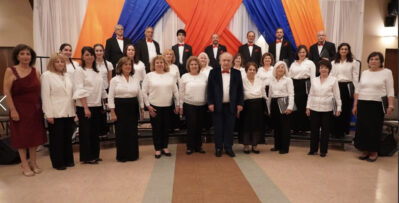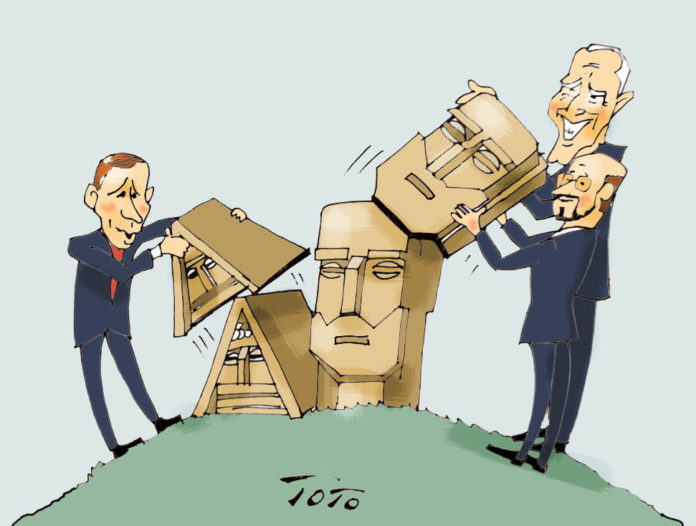All indications point to the fact that Turkey and Azerbaijan have found the once-in-a-century opportunity to finish up the grisly job that they had begun 107 years ago. This conclusion should not be construed as an exaggeration in light of some historic facts.
In 1914, a situation was created in the Ottoman Empire which led to the implementation of some clauses of the Berlin Treaty of 1878, whereby European governors were sent to the interior provinces of the empire, not only to oversee but also to carry out reforms in the Armenian provinces. The government’s mistreatment of the residents of those provinces had led to the locals’ agitation, putting fear in the hearts of the Ittihadist rulers that Armenians were on their way to independence, thus breaking up the empire.
One of the reasons Turkey entered World War I, on the side of Germany, was to prevent that breakup from happening. And indeed, the war offered an opportunity for them to eliminate the Armenian problem once and for all by wiping out the population entirely. That task was facilitated by the fact that the Russian forces, which had occupied the Eastern Provinces of the empire and were defending the physical security of the Armenians, decided to withdraw as a result of the Russian Revolution.
Throughout history, based on their own interests, the Russians have protected Armenians and defended their rights. But that role has not been a permanent enough feature in the Russian-Armenian relations to justify a blind pro-Russia policy in Armenia.
Currently, a similar scenario is playing out in the Caucasus, where Russia’s traditional hold over the region is in tatters because of the war in Ukraine, offering an opportunity for the Turkey-Azerbaijan tandem to deal a crushing blow to Armenia’s very existence. That prospect is necessitated by President Recep Tayyip Erdogan’s imperial ambitions to reach the Turkic republics of Central Asia, with the hope of building a new Turanic empire.
Since the 44-Day War, Turkey has become fully invested in the region and entrenched on the ground, in plain view of the impotent Russian side.








